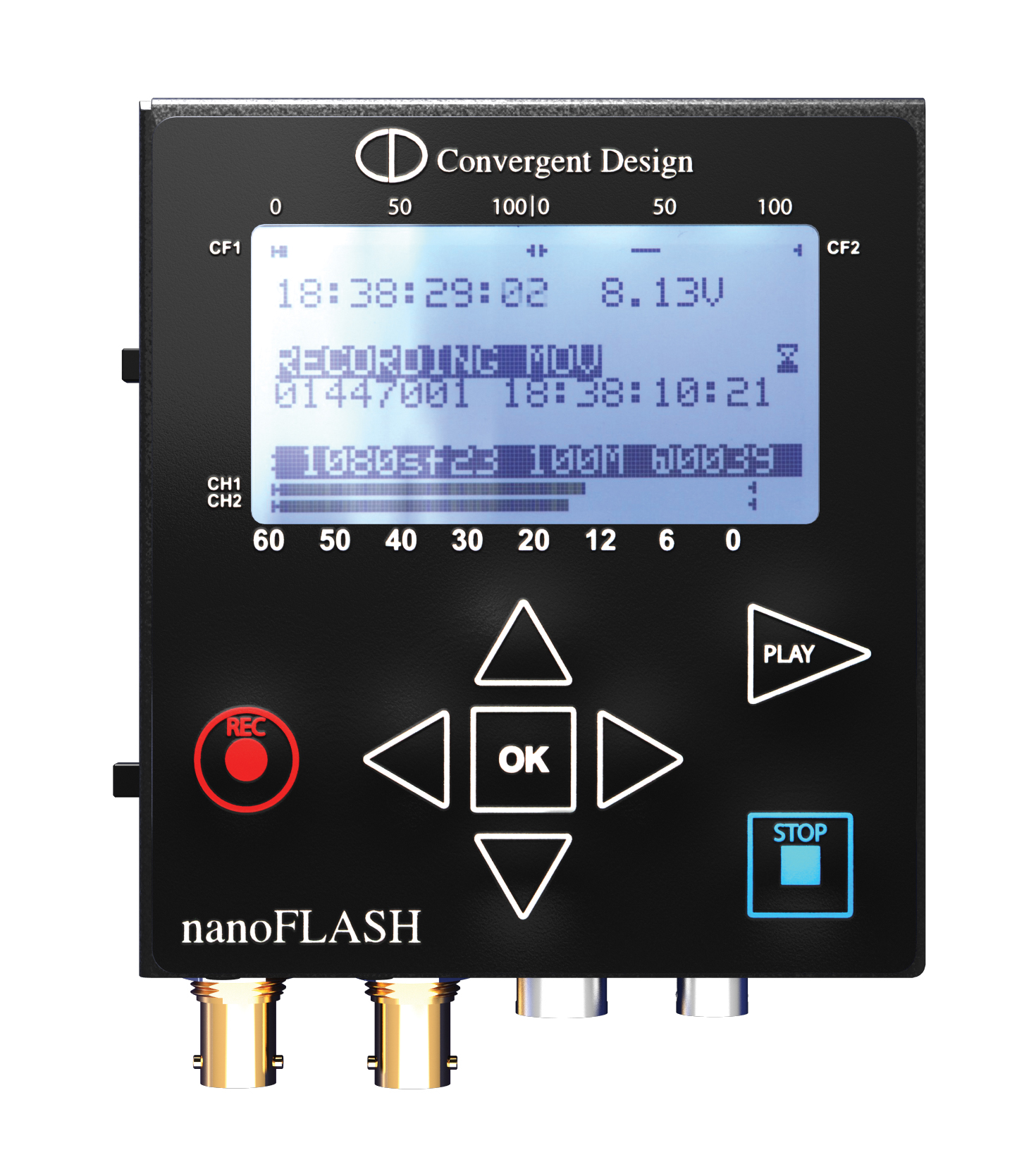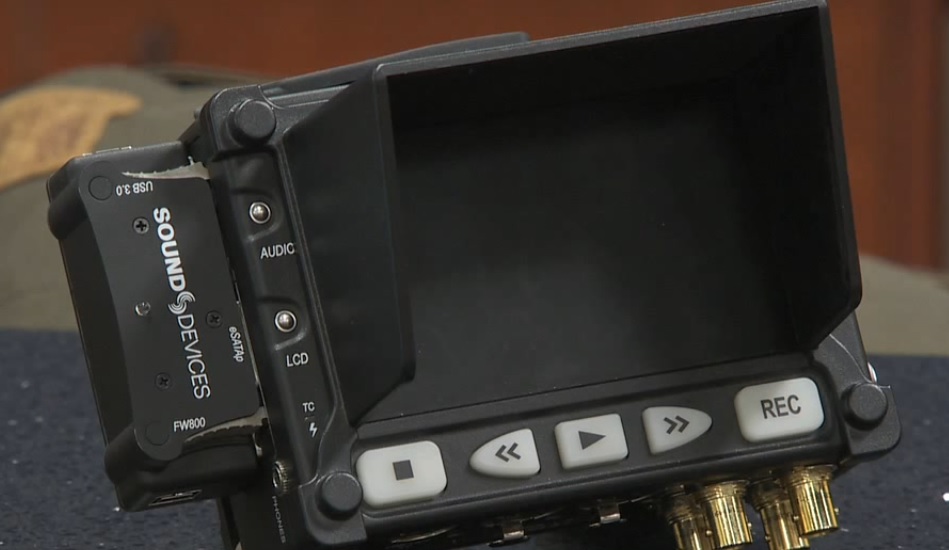< Back to all posts
Professional Mobile Recording Devices for the Best Workflow- From Production to Post
In today’s fast paced production world things can change in an instant. This seems especially true with camera technology. Gone are the days of purchasing a camera, paying it off in 36 months, and then living off the profits for a few more years. These days you’re lucky if you can actually work with a camera for 18 months before its’ replacement hits the market. So how does one actually make a return on their investment? Thankfully, there are some terrific alternatives in the form of digital video recorders to extend the life of your camera. Just like your TV box at home, these devices are designed to record images out of a professional camera in the latest video codecs. These terrific devices can prolong the life of many cameras, long thought ‘obsolete’ by their manufacturer.
In addition these DVRs (professional video field recorders) provide the most economical insurance for your field productions that money can buy. We ‘dual record’ nearly every project we shoot. If something happens to the original media, there is a backup.
There are many options in the DVR market. Just off the top of my head, you can choose between the Sound Devices Pix 240, Atomos Samurai Blade/Ninja, Convergent Design nanoFlash/Gemini/Odyssey 7Q, the Black Magic Hyperdeck, the AJA Ki Pro line, CineDeck and Codex. I’m sure I’m forgetting one or two out there too. We own three different devices and each have benefits and drawbacks. (We’ve tried nearly every device on the market.)
For this discussion, we’ll use a Sony XDCam PDW-F350 camcorder. This camera records a 4:2:0 signal at a max of 35Mbps. Many of today’s broadcasters prefer a 50Mbps codec. The HD-SDI spigot of this camera outputs a 4:2:2 signal at 10 bit. This is perfect for a DVR because it can input the signal and record it to any one of a wide variety of codecs used by the majority of clients.
In my experience, the most popular codec for broadcast television is the “MXF” file. This can be in the form of Sony XDCam, Panasonic P2, or Canon MXF. Although they are all “MXF” files there are some variances between them. In the EFP world two different – files are very popular: Apple ProRes and Avid DNxHD.
We started with the nanoFlash in 2008. The primary reason for the purchase at that time was twofold, first we could record at higher bit rates than the cameras would allow (great for chroma key work), and it also was a terrific form of insurance on those jobs where we shot media on XDCam discs and handed them to the client as the job finished. In one instance on a VERY popular broadcast show we were traveling in Europe, the producer fell asleep in the airport, was woken by the airline, and they ran down the jetway to board the plane. The trouble was that they forgot a backpack with 40 XDCam discs in it under their chair in the terminal. Thankfully, we had dual recorded and eliminated the problem!

The nanoFlash is a very simple device that records Apple QuickTime or Sony MXF files, in a variety of bit rates onto Compact Flash cards. It still works great to this day, although other products in the market have a far more advanced feature set. The nanoFlash still remains the ONLY DVR on the market that can record MXF files. (I repeatedly suggested this feature to Convergent-Design for both the Gemini and the Odyssey, to no avail.) If you’re working for one of the larger networks or cable outlets that shoot with XDCam, this is a wonderful option for those without an XDCam camera! Next up is the Pix 240i by Sound Devices. This is a solid unit. Due to their superiority in the production sound world, Sound Devices has included audio inputs and outputs to this digital video recorder. They also allow for timecode in and out as well. The unit does have a decent screen suitable for evaluating exposure. It may not be the most accurate in terms of color representation, but it will let you know if you’re in the ball park. It records QuickTime files in either ProRes or DNxHD codecs in a variety of bit rates. The unit records to Compact Flash crads or solid-state drives.

The Atomos Samurai Blade is another digital video recorder that captures QuickTime files in ProRes and DNxHD. Like the Pix 240i, it can record in a variety of bit rates too. The screen on the Samurai is quite nice for its size. This is the lightest unit on the market with a video screen. Atomos suggests that customers use spinning drives, but the unit can use SSDs too. Spinning laptop drives are VERY affordable!
The Odyssey 7Q is almost the exact opposite of the other units… It started out as a great monitor and they added recording features to it. It IS LARGER than the other units, but if you want a GREAT monitor, this one also can record video. The Odyssey can record in 1080/2K/4K. It has a quad screen feature available as well.
The Atomos Shogun will do all of the above (SDI and HDMI) in a single unit, as well as record in 4Kall for the price of $1895.00!
Consider extending the life of your HDCam, DVC Pro HD, or other HD cameras that don’t record the latest codecs by using one of these wonderful digital video recorders. With the speed in which camera technology is advancing,this is an inventive way in which you can bridge the gap in field production no matter where in the world you shoot film.
Read Curt Pair’s review of the nanoFlash, Pix240, and Samurai Ninja Blade.







Leave a Reply